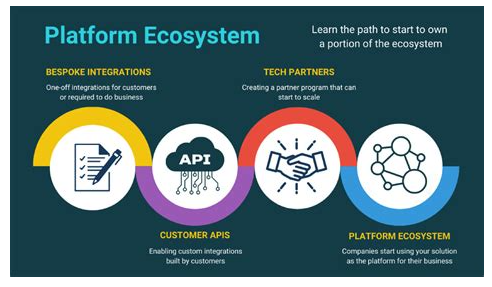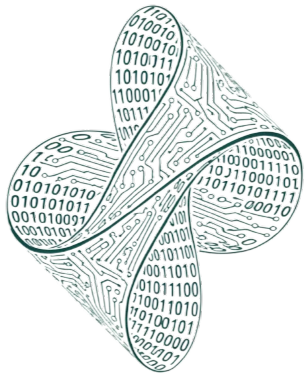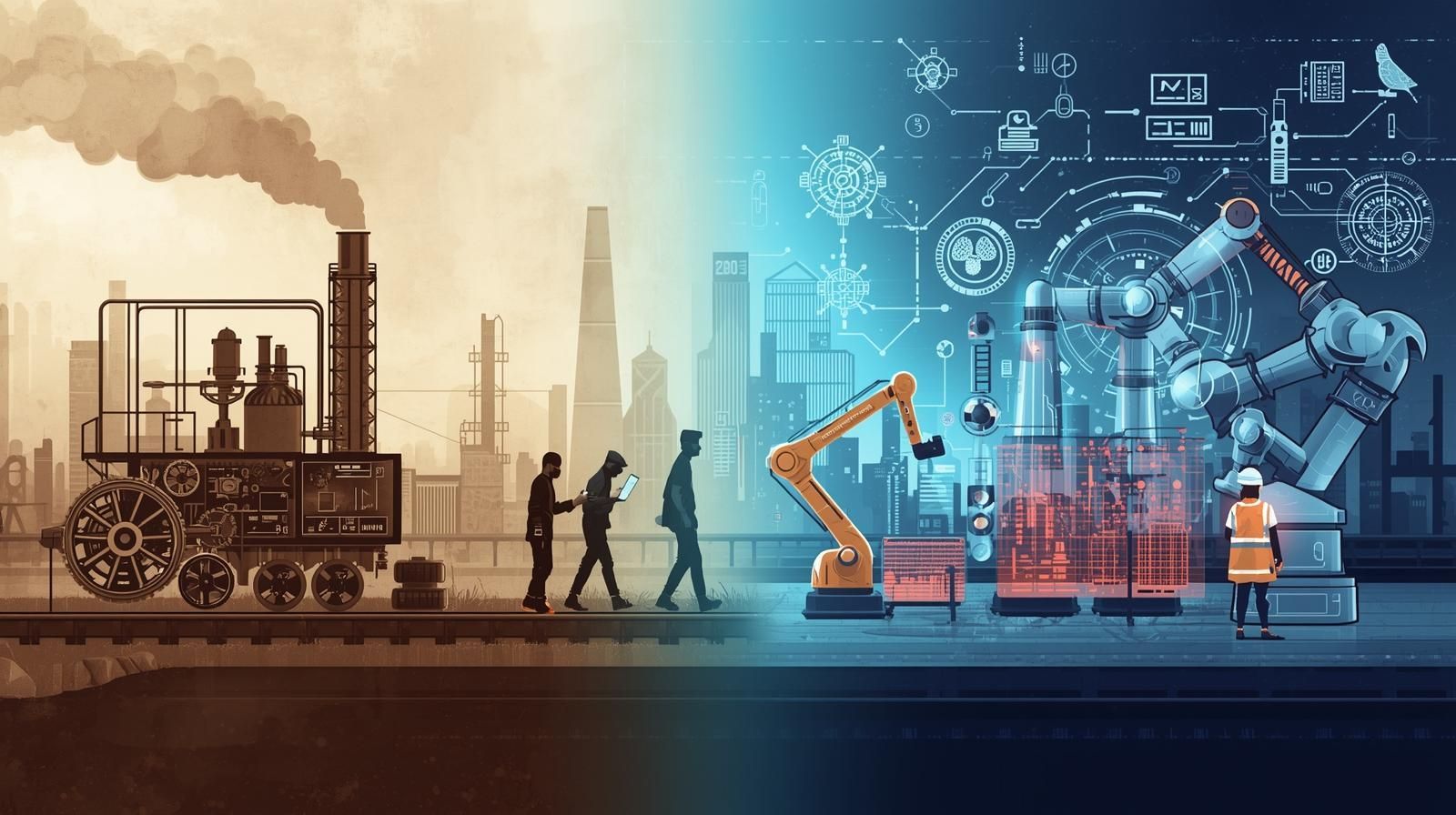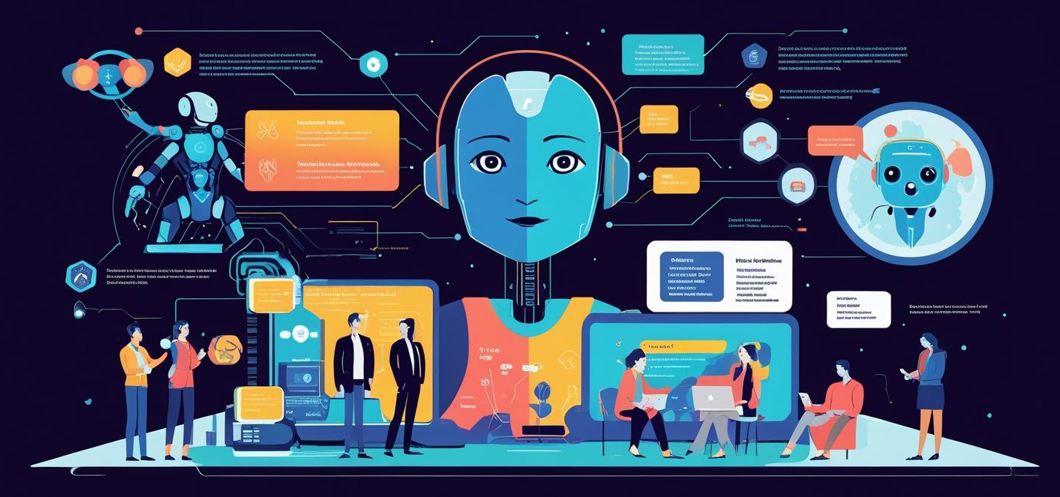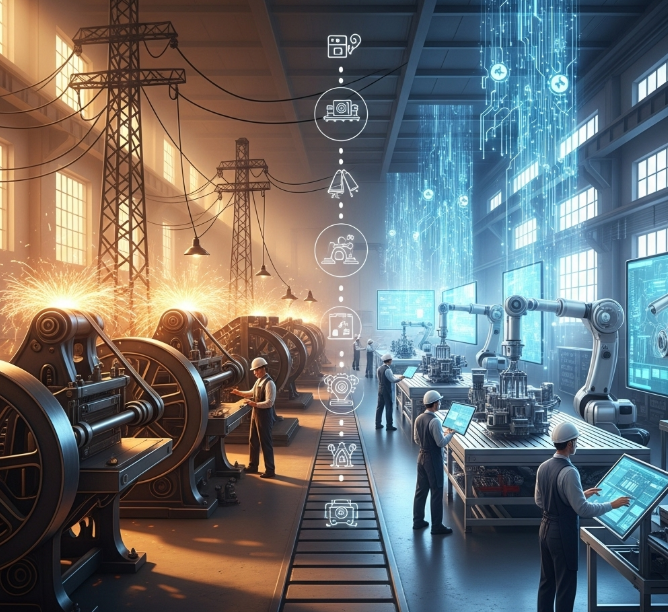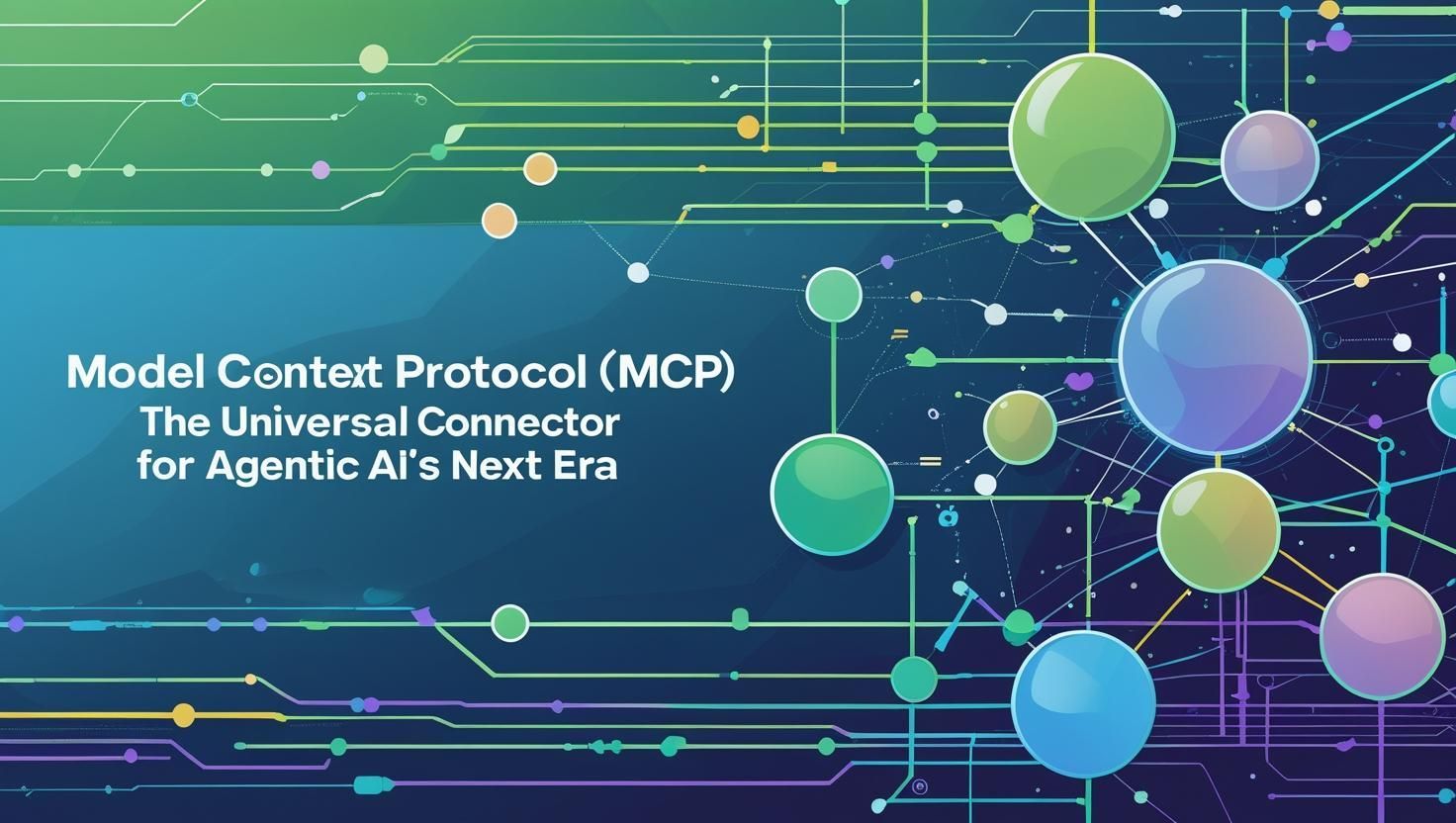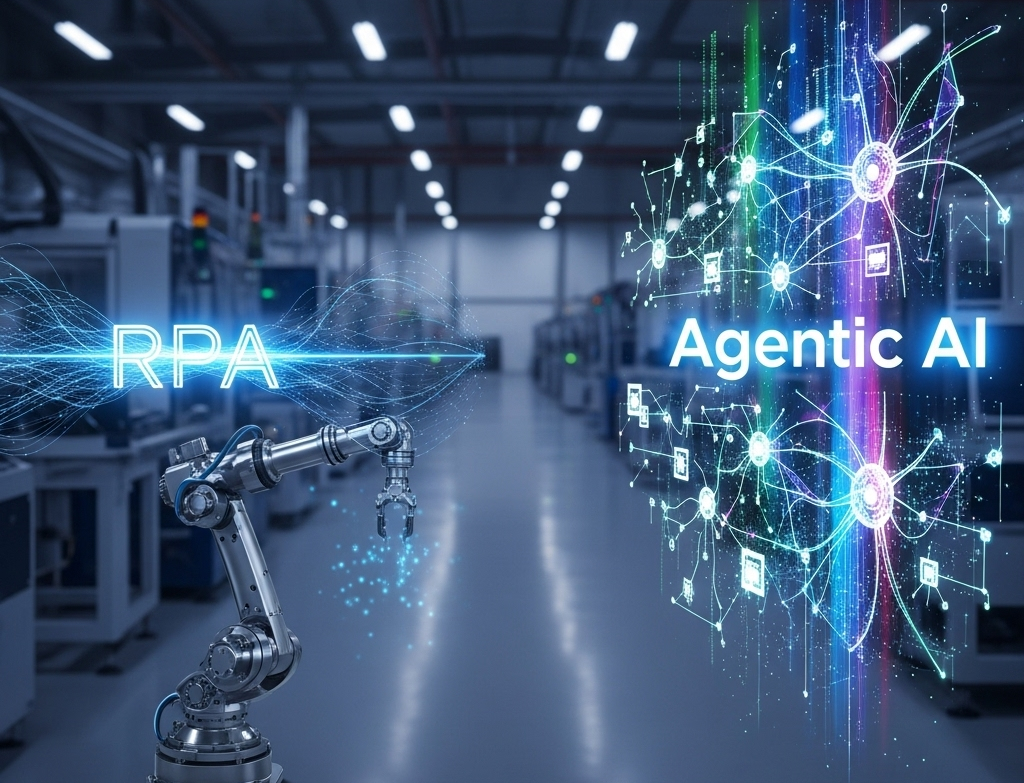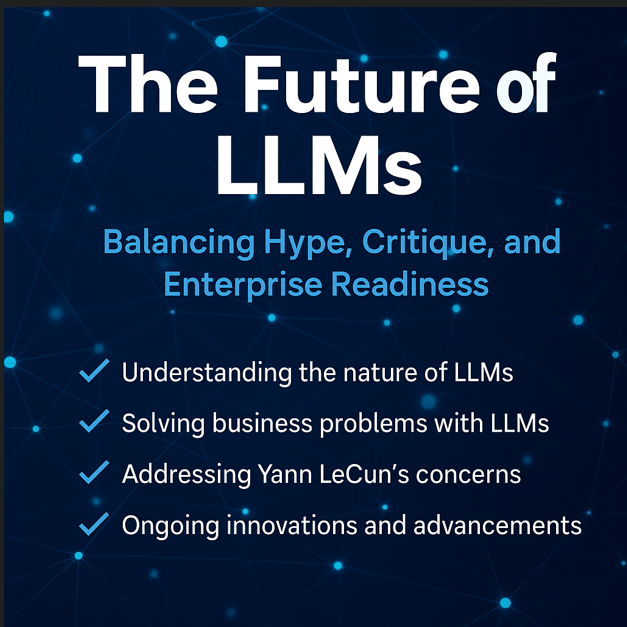Human Networks vs. AI: Why People Power Still Wins in the Age of Algorithms
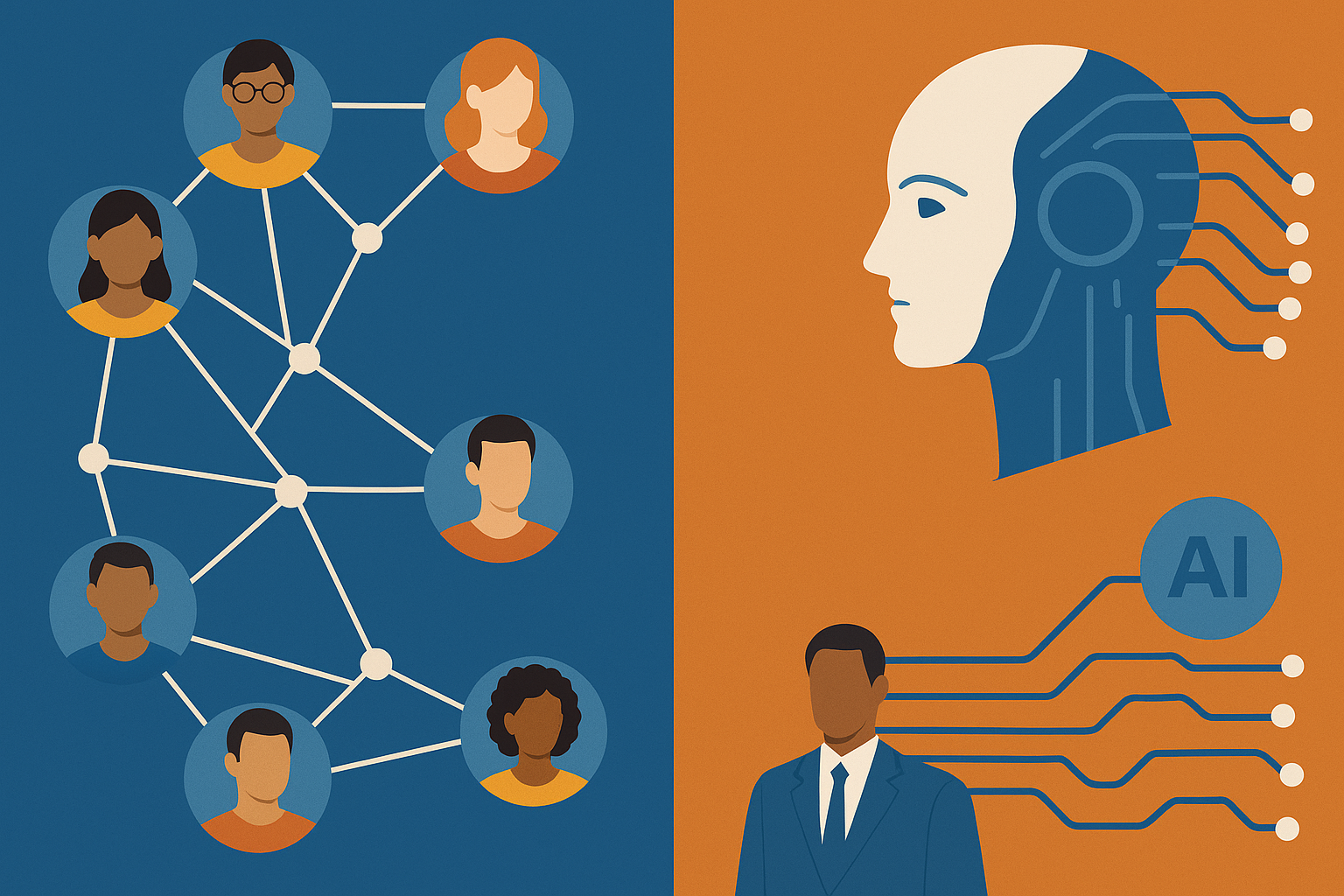
Amid the buildup surrounding artificial intelligence, a fascinating paradox has emerged: while AI is reshaping how we work, most professionals still believe that human networks outperform algorithms in delivering real value. A recent survey shows that 64% of professionals worldwide say human networks provide deeper insights than AI tools (Times of India). This should give every executive, technologist, and strategist pause.
The question is not whether AI is transformative - it clearly is - but where humans still hold an irreplaceable edge, and how leaders can combine both to create outsized impact.
The Rise of AI in Professional Decision-Making
AI has crossed from experimental pilots into mainstream business. In Europe and the UK, two-thirds of B2B revenue teams now see measurable ROI from AI adoption within a year - with nearly 20% realizing returns in as little as three months (ITPro – Technology & Artificial Intelligence).
From proposal automation to hyper-personalized client outreach, AI is accelerating processes once bogged down in manual effort. With LLMs embedded across platforms, it is easy to see why so many leaders assume AI will soon replace traditional relationship-driven models.
And yet, despite these gains, a vast majority of professionals across industries still bet on human networks. Why?
Where Human Networks Still Outperform AI
- Trust and Empathy Cannot Be Automated
AI can draft flawless proposals or simulate conversations, but it cannot replicate the credibility earned through lived experience, cultural context, and the subtle cues that build long-term trust. - Tacit Knowledge Lives in People, Not Data
AI is only as strong as the datasets it is trained on. But career-defining insights often live in what Michael Polanyi called tacit knowledge: the unwritten, experiential know-how that is not captured in any dataset. - Ethical and Strategic Judgment Requires Human Oversight
Consider an algorithm that optimizes supply chain costs at the expense of supplier sustainability. Or a recruitment model that inadvertently embeds bias. Human leaders bring moral, strategic, and contextual judgment that algorithms lack.
The Future is Hybrid: People + AI
This is not an “either-or” debate. The winning model will be a hybrid architecture of people + AI.
- AI as an Amplifier: Use AI to process complexity at scale - analyzing filings, simulating demand, or automating reporting.
- Humans as Navigators: Deploy professional networks and leadership judgment to interpret those outputs, make trade-offs, and align with organizational values.
- Closed-Loop Learning: Feed human-validated insights back into AI models, ensuring they evolve beyond static data into dynamic, context-aware tools.
How to Build a Successful Hybrid Environment
Bringing together human networks and AI requires more than technology adoption as it demands intentional design and disciplined practices. Here are five proven best practices:
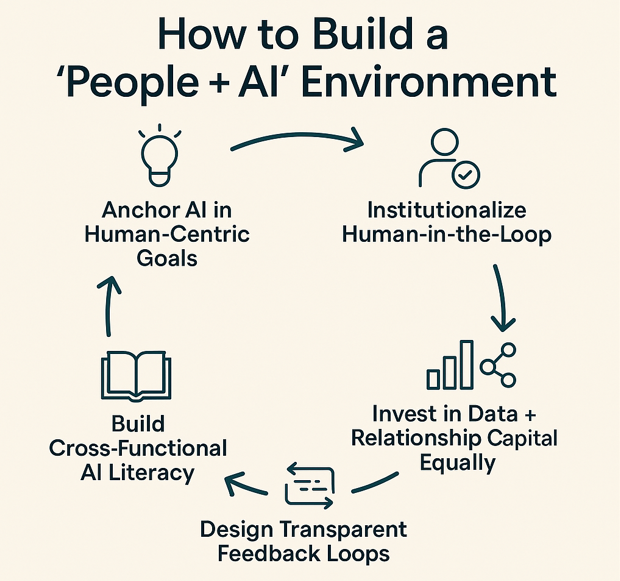
- Anchor AI in Human-Centric Goals
Begin with the business problems and human outcomes you want to achieve - customer trust, employee engagement, societal impact. Ensure your AI use cases directly serve those ends, not just efficiency metrics. - Institutionalize Human-in-the-Loop
Establish checkpoints where humans review, override, or enrich AI-driven outputs. This reduces risk while embedding trust and accountability into the workflow. - Invest in Data + Relationship Capital Equally
Treat your human network as strategically important as your data pipeline. Curate advisory boards, industry partnerships, and peer forums that continuously provide context to AI-generated insights. - Design Transparent Feedback Loops
Document not just what the AI decided, but why. Then capture human feedback - accepted, modified, or rejected outputs - and use it to retrain and refine models. - Build Cross-Functional AI Literacy
Upskill teams across functions - not just data scientists - so that they understand how AI works, its limitations, and how to interpret outputs responsibly. Hybrid fluency is the new leadership currency.
What This Means for Executives
For executives, data scientists, and strategists, this moment demands a dual investment:
- Cultivate Your Human Network: Prioritize authentic connections, mentorship, and industry communities.
- Master AI Fluency: Embrace AI literacy across strategy, ethics, and technology.
- Create Platforms That Blend Both: Operationalize hybrid systems where AI drives scale and people provide context.
What This Means for Organizations
For organizations, the challenge is not just adopting AI – it is orchestrating it alongside human capital in a way that creates lasting competitive advantage.
- Redefine Value Creation Beyond Efficiency
Do not just measure cost-cutting - focus on innovation, resilience, and long-term differentiation. - Build a Governance Framework for Hybrid Decisions
Define when AI acts autonomously, when humans must intervene, and who is accountable. - Invest in Relationship Capital as a Strategic Asset
Build ecosystems of partners, regulators, and customer communities to provide qualitative intelligence. - Align AI Strategy with Core Business Strategy
Position AI as a board-level enabler, not just an IT project. - Measure Success in Multi-Dimensional KPIs
Track outcomes across revenue growth, risk mitigation, customer trust, and brand equity - not just technical accuracy.
Final Word
AI will not render human networks obsolete; it will amplify their importance. As algorithms commoditize routine tasks, the rare currency will be trust, empathy, and human judgment. The future belongs not to AI alone, but to professionals and organizations who learn to orchestrate AI-driven efficiency with people-driven wisdom.
Because in the end, the algorithm may optimize - but it is people who decide what is worth optimizing for.
About Author:
Towhidul Hoque is an executive leader in AI, data platforms, and digital transformation with 20 years of experience helping organizations build scalable, production-grade intelligent systems.
